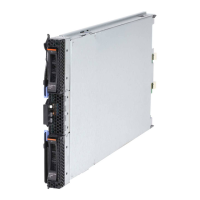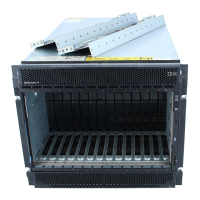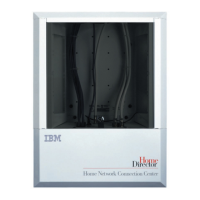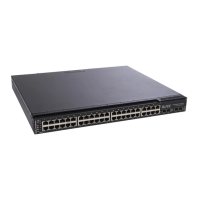To configure a mirror port, enter the port from where you want to copy frames in the
Source Port field, and the Ingress and/or Egress port in the appropriate Target
Port field(s). The source port must be one of the four external ports (Ext1, Ext2,
Ext3, or Ext4). The target port must be one of the four external ports (Ext1, Ext2,
Ext3, or Ext4). Finally, use the Mirroring Status drop-down menu to enable the
feature. The default value for Mirroring Status is Disabled. Click Apply to make
your changes effective.
Notes:
1. Do not mirror a faster port or higher traffic ports onto a slower port. For
example, if you try to mirror the traffic from a 100 Mbps port onto a 10 Mbps
port, this can cause throughput problems. The port from which you are copying
frames should always support an equal or lower speed than the port to which
you are sending the copies. Also, the target port cannot be a member of a trunk
group.
2. Port mirroring is not possible if you use the same egress and ingress target
port.
Spanning Tree
This section includes two windows, Configure Spanning Tree and STP Port
Settings.
Configure Spanning Tree
The switch supports 801.2d STP, which enables you to create alternative paths
(with multiple switches or other types of bridges) in your network. See “Spanning
Tree Protocol” on page 23 for a detailed explanation.
48 IBM BladeCenter 4-Port Gb Ethernet Switch Module: Installation and User’s Guide
